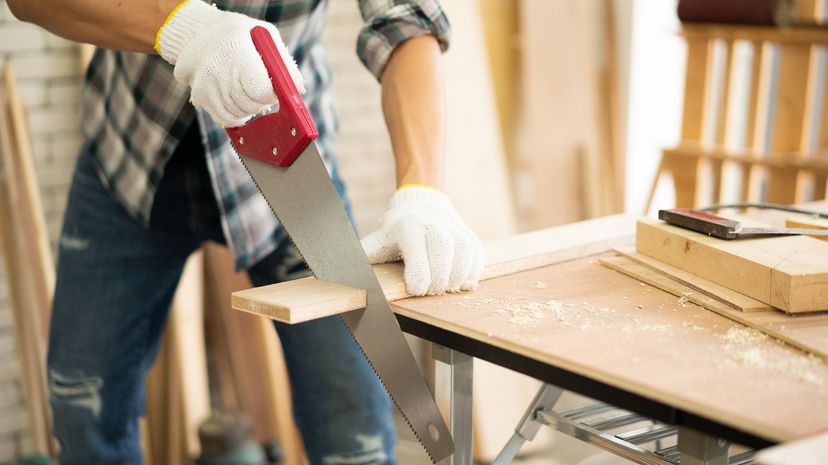It looks just like a crosscut saw, but this handsaw (also sometimes spelled "hand saw") rips through the grain of wood like a chisel. A ripsaw cuts with the grain of the wood, rather than against it. With about five pointed teeth per inch, rip-cut saws are less precise than crosscut saws.
A dovetail saw is a type of rip-cut saw with a thick blade that makes it look a bit like a cleaver. With 15 to 22 points per inch, precise dovetail saws are ideal for cutting — you guessed it — dovetails. The dovetail saw falls into the category of tenon saws — handsaws that cut wood very precisely.

